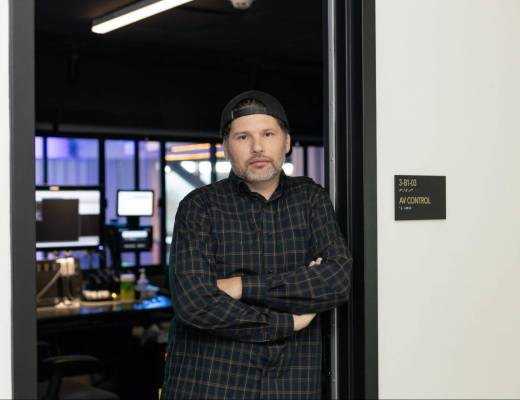The Math Behind the Misery
What struck me about Ryan’s situation was how close he actually was to freedom, despite feeling stuck. With a take-home pay of $4,300 monthly and only $100 left after expenses, his debt felt insurmountable. But the numbers tell a different story. Dave and his co-host Rachel quickly identified that Ryan’s legal fees were the primary obstacle. Once those end (hopefully this year), Ryan would have an additional $1,000+ monthly to throw at his debt. Combined with the $300 he was already putting toward debt beyond minimum payments, he’d have $1,300 monthly to tackle his $20,000 burden. At that rate, Ryan could be debt-free in about 15-16 months. The light at the end of the tunnel isn’t just visible—it’s blazing.Income: The Ultimate Debt-Killing Weapon
What I found most valuable in Dave’s advice was his focus on increasing income rather than just cutting expenses. When you’ve already trimmed the fat from your budget, the only way forward is to earn more. For someone in Ryan’s position, finding ways to earn an extra $1,000-2,000 monthly could transform his timeline dramatically:- With an extra $2,000 monthly toward debt, he could be debt-free in under a year
- Even an extra $1,000 would cut his payoff time nearly in half
- Short-term side hustles can create long-term freedom
The Baby Steps in Action
Ryan mentioned he was following Dave’s Baby Steps method, having already saved $2,000 for his starter emergency fund. This is exactly the right approach. The Baby Steps provide a clear roadmap:- Save $1,000 for a starter emergency fund
- Pay off all debt using the debt snowball method
- Build a full emergency fund of 3-6 months of expenses
The Psychological Win
What’s often overlooked in financial advice is the psychological component. Dave’s debt snowball method—paying off debts from smallest to largest regardless of interest rates—works because it creates momentum through quick wins. For Ryan, attacking his medical debt first (the smaller of his debts) would give him an early victory to celebrate. Each debt eliminated provides motivation to tackle the next one with even greater intensity. This isn’t just about math—it’s about behavior change and building confidence through success.The Final Piece: Prevention
I was glad to hear Dave’s final piece of advice to Ryan: “Cut up the credit cards today.” This might seem harsh, but it’s essential. The quickest way to undo all your hard work is to keep the tools of debt within reach. For anyone struggling with debt, this step is non-negotiable. You can’t dig yourself out of a hole while still holding the shovel. Cash-only living forces you to face your spending habits honestly and prevents new debt from accumulating while you’re working to eliminate the old. Ryan’s story reminds me that debt freedom isn’t just about having more money—it’s about reclaiming your peace of mind and your future. With a clear plan, increased income, and the discipline to follow through, that light at the end of the tunnel isn’t just a hope—it’s an inevitable destination.Frequently Asked Questions
Q: How does the debt snowball method work?
The debt snowball method involves listing all your debts from smallest to largest balance (regardless of interest rates), paying minimum payments on all debts, and putting any extra money toward the smallest debt. Once that’s paid off, you roll that payment into attacking the next smallest debt, creating momentum as you go.
Q: Is it better to pay off high-interest debt first instead of using the snowball method?
Mathematically, paying high-interest debt first (the avalanche method) saves more money. However, Dave Ramsey advocates for the snowball method because it provides psychological wins that keep people motivated. Research shows people are more likely to stick with the snowball method and actually become debt-free, even if it costs slightly more in interest.
Q: How much should I save before focusing on debt payoff?
Dave Ramsey recommends saving $1,000 as a starter emergency fund (Baby Step 1) before tackling debt. This provides a small buffer against minor emergencies without derailing your debt payoff plan. Once all non-mortgage debt is paid, you’ll build a full emergency fund of 3-6 months of expenses.
Q: What are some practical ways to increase income for debt payoff?
Consider options like overtime at your current job, delivering food or groceries through apps, selling items you no longer need, freelancing in your professional field, tutoring, pet sitting, or taking on a part-time retail job. The key is finding something that fits your schedule and skills while providing the additional income needed to accelerate your debt payoff.







